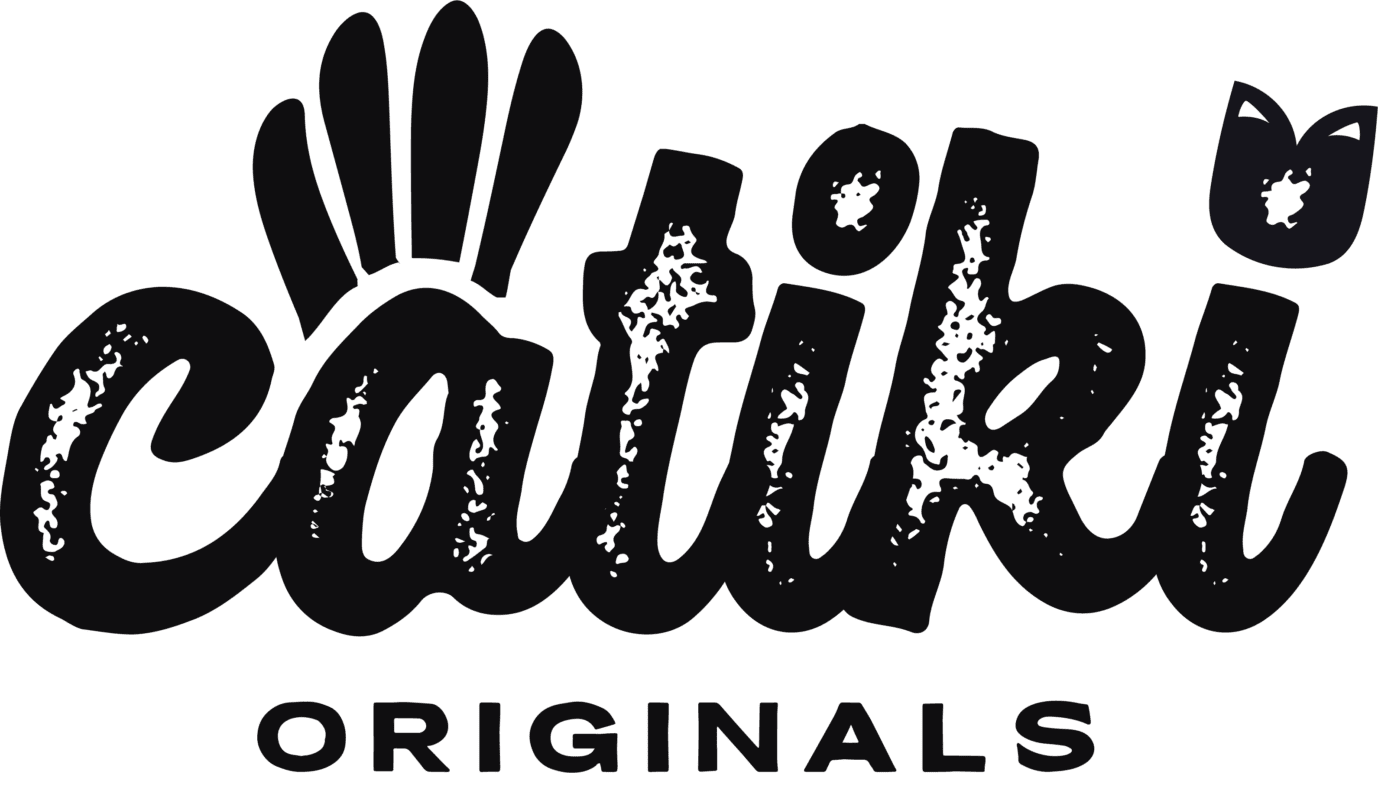In the pantheon of cultural expressions, music often serves as the most immediate and emotive link to a community’s heart. Nowhere is this truer than in the world of Tiki culture, where music is a blend of traditional Polynesian rhythms, mid-century American jazz, and exotic island melodies. It’s a genre that not only gets your feet tapping but also transports you straight to a breezy, beachside paradise.
The Tiki Sound of the South Seas
Tiki music, often called exotica, is characterized by its lush and layered orchestral arrangements. It incorporates a variety of instruments, such as vibraphones, bongos, congas, and various other percussion tools that mimic the sounds of the tropics—croaking frogs, bird calls, and the rustle of palm fronds. The melodies are smooth and sweeping, often integrating Polynesian and Hawaiian influences with a touch of Western flair. This sonic blend creates an atmosphere that’s both relaxing and evocative, inviting listeners to escape the mundane.
Where to Find Tiki Tunes
To immerse yourself in Tiki music, one might start with the classic albums of the genre’s pioneers. Les Baxter’s “Ritual of the Savage” and Martin Denny’s “Exotica” series are seminal works that defined the exotica sound. These recordings can be found on streaming services, in vintage record stores, or within the kitschy-cool corners of themed bars where the resurgence of vinyl spins in full force.
Tiki bars, those dimly lit havens of escapism, are the ideal venues for experiencing Tiki music as it’s meant to be heard—accompanying a Mai Tai or a Zombie cocktail. Cities like Los Angeles and San Francisco, with their storied histories of Polynesian pop, boast such establishments, where one can still enjoy live performances that recapture the magic of the genre’s heyday.
Maestros of the Tiki/Exotica Genre
The genre’s founding fathers, Les Baxter and Martin Denny, are often credited with establishing the essential sounds of Tiki music. Denny’s incorporation of animal sounds into his music led to his “Exotica” album reaching number one on the charts in 1959. Arthur Lyman, a member of Denny’s band, also made significant contributions to the genre, adding a softer, more melodic touch with his vibraphone mastery.
In the modern era, artists like Ìxtahuele and The Tikiyaki Orchestra have continued the tradition, mixing in elements of surf music and space-age pop to keep the genre fresh and relevant. These artists not only honor the rich past of Tiki music but also expand its horizons with new interpretations.
The Cultural Vibe of Tiki Music
Tiki music is more than just a background score; it’s an integral part of the broader Tiki culture, which includes fashion, food, drink, and decor. It contributes to an environment that’s at once a sanctuary and a celebration, a place where the aloha spirit meets mid-century modernism. This music complements the visual and sensory experiences of Tiki, reinforcing the cultural narrative of an idyllic, Polynesian-inspired lifestyle that captured America’s post-war imagination.
In the softly lit interiors of Tiki establishments, under the watchful eyes of carved gods, Tiki music adds a layer of authenticity and atmosphere that is crucial to the experience. It’s a sonic bridge to island nations and their storytelling traditions, an auditory adventure that resonates with the romanticized allure of the South Seas.
Tiki music remains a testament to the enduring charm of Polynesia’s sonic landscape, filtered through a nostalgic American lens. Its persistent popularity underscores our collective desire for an escape to a musical paradise, where the spirit of aloha can be felt in every note. As Tiki culture enjoys a renaissance, its music continues to play a pivotal role in shaping the immersive ambiance that has captivated enthusiasts for decades, proving that the call of the islands is as enchanting as ever.
Discover more from Catiki Originals
Subscribe to get the latest posts sent to your email.

